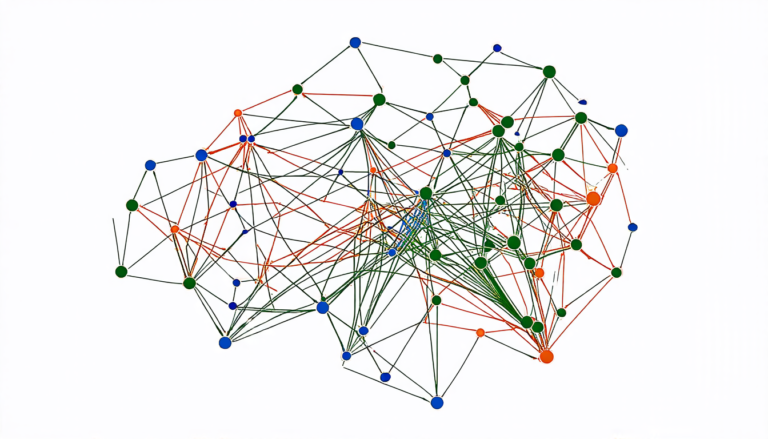Sunday 27 July 2025
Clouds can be a real nuisance when it comes to satellite imaging. They obscure our view of the Earth’s surface, making it difficult for scientists to study everything from climate change to agricultural productivity. But what if we could just remove those pesky clouds from the pictures? A team of researchers has made significant progress in doing just that.
The new method uses a combination of Synthetic Aperture Radar (SAR) and optical data to create high-quality images of the Earth’s surface, even when clouds are present. SAR is a type of radar technology that can see through clouds, but it doesn’t capture as much detail as optical sensors do. Optical sensors, on the other hand, are great for capturing details, but they’re useless when clouds block their view.
To get around this problem, the researchers developed an attention-driven fusion mechanism that combines the best of both worlds. This means that the SAR data is used to identify where the clouds are and how much they’re obscuring the view, while the optical data is used to capture the detailed information about the Earth’s surface.
The team tested their method using a dataset of 169 locations around the world, each with its own unique cloud cover conditions. They compared their results to several other methods that have been developed in the past and found that theirs was the best at removing clouds while preserving the details of the Earth’s surface.
One of the key advantages of this new method is its ability to adapt to different cloud cover conditions. Clouds can be very thick and opaque, or they can be thin and wispy – and the researchers’ method can handle both extremes. This makes it a very versatile tool for scientists who need to study the Earth’s surface in all kinds of weather.
The implications of this research are far-reaching. With the ability to remove clouds from satellite images, scientists will be able to better monitor climate change, track agricultural productivity, and even respond more effectively to natural disasters like hurricanes and wildfires. The researchers’ method is also a major step forward for the development of artificial intelligence systems that can process large amounts of data and make predictions about the Earth’s surface.
In the future, the team plans to continue refining their method and testing it on even larger datasets. They’re also exploring ways to incorporate additional types of data, such as infrared sensors, into their fusion mechanism.
Cite this article: “Clearing the Skies: A New Method for Removing Clouds from Satellite Images”, The Science Archive, 2025.
Clouds, Satellite Imaging, Synthetic Aperture Radar, Optical Data, Attention-Driven Fusion Mechanism, Cloud Removal, Earth’S Surface, Climate Change, Agricultural Productivity, Artificial Intelligence.







